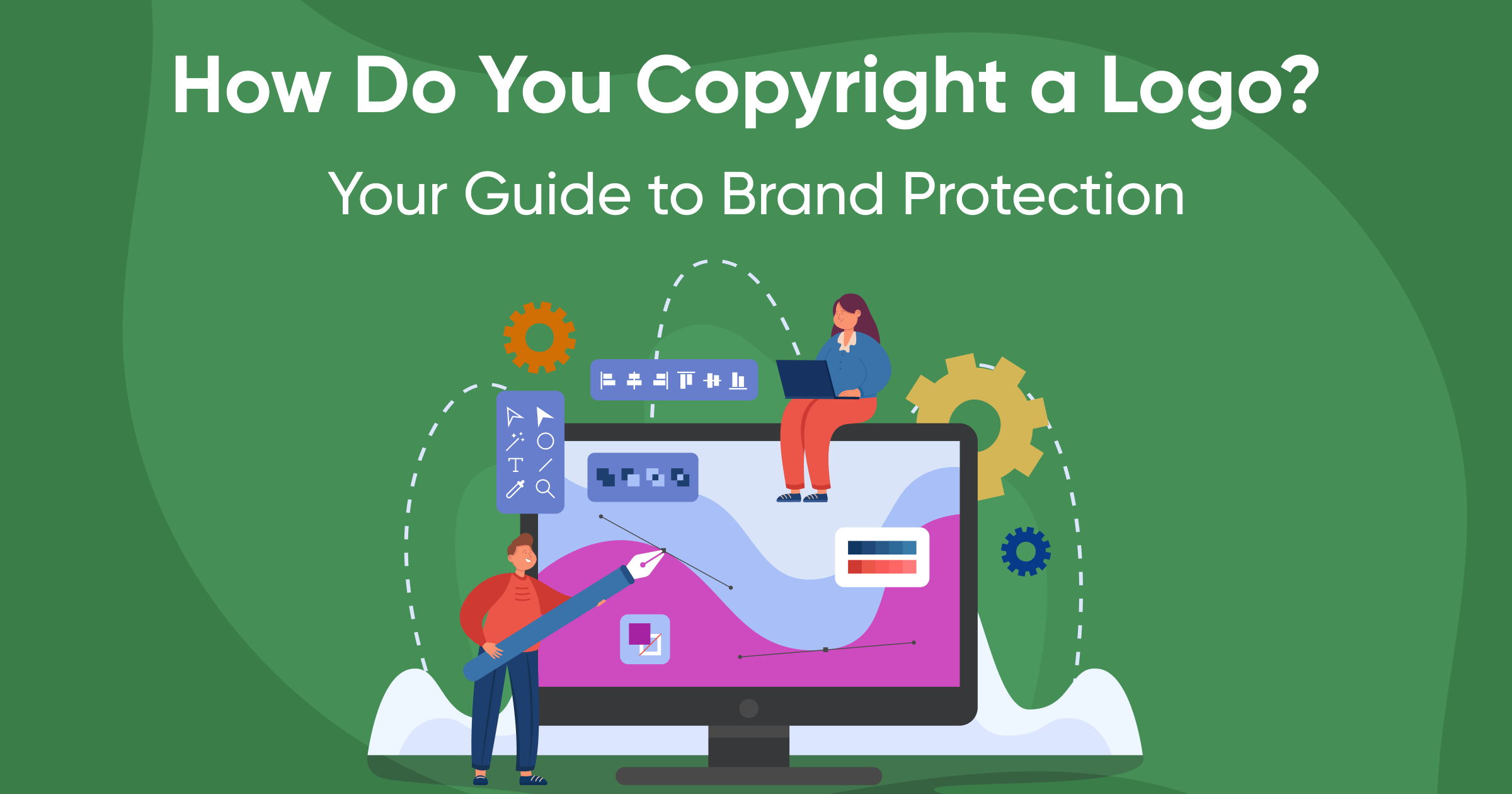Trademark vs. Design
When discussing brand identity and legal protection, understanding the difference between a trademark and a logo is crucial because these elements serve distinct yet interconnected roles in establishing and safeguarding a brand's public image. A logo is a distinctive visual symbol designed to represent a company and facilitate easy recognition. In contrast, a trademark is a broader legal concept that can cover any feature—such as names, phrases, logos, or even colors—that distinguishes the goods or services of one entity from those of others. While logos can be trademarked, not all trademarks are logos. Understanding this distinction is essential for effectively navigating intellectual property law and protecting a brand's identity in a competitive market.
Logo: The Visual Identity
Definition: A logo is a graphic mark that embodies a brand, utilizing imagery, text, or a combination thereof to express its identity.
It’s the most direct way a company communicates with consumers.
Purpose: The main function of a logo is to establish brand recognition and set a company apart in the marketplace. It’s about visual appeal and connection.
Creation and Change: Logos are created by designers and can evolve with the brand. They are not inherently protected by law unless trademarked.
Trademark: Legal Protection
Definition: A trademark is a legal term for any word, symbol, or phrase used to distinguish a brand’s goods or services from others. It’s not just logos but also includes names, slogans, and other identifiers.
Purpose: Trademarks protect the brand’s identity, preventing others from using similar signs that could confuse consumers. It’s about legal exclusivity.
Registration and Duration: Obtaining a trademark involves a legal process, offering protection for a set term (often 10 years) that can be renewed indefinitely. Trademarks ensure a logo or brand identifier is exclusively yours in the legal sense.
Key Differences
Function: Logos build and convey brand identity; trademarks legally protect that identity.
Protection: Not all logos are trademarked, but trademarking a logo or other brand identifiers provides legal defense against unauthorized use.
Process: Creating a logo is a creative process; trademarking is a legal process that secures the rights to use the logo or other identifiers in commerce.
The Importance of Both:
Both logos and trademarks are vital for a business. A distinctive logo helps establish a brand's visual identity, while trademark protection secures the legal rights to that identity, preventing misuse. Together, they ensure a brand is both recognizable and protected, contributing to long-term success.
Conclusion
For businesses aiming to solidify their place in the market, it’s not just about having a memorable logo but also securing it through trademark registration. This dual strategy not only achieves brand recognition but also provides legal protection against infringement, which is essential for keeping a competitive advantage in today's fast-paced market.













